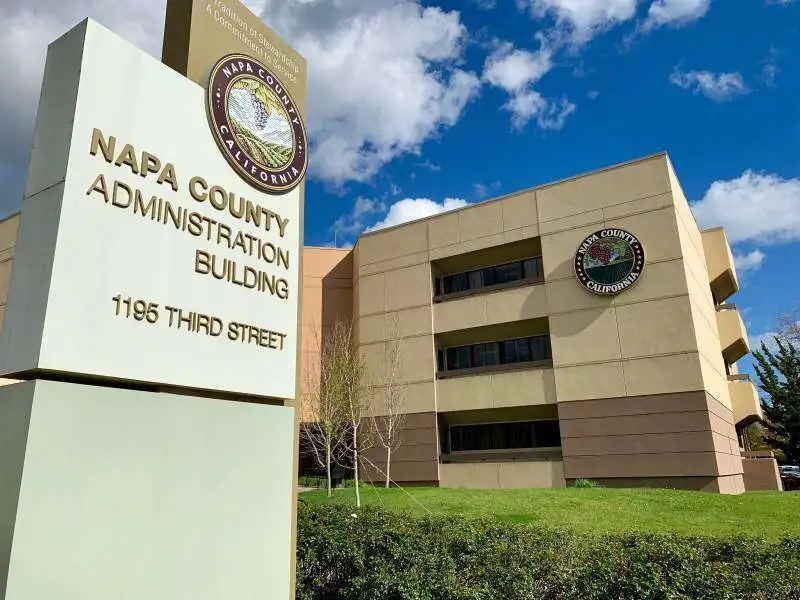
Napa County’s ambitious new climate plan isn’t even finalized, but it’s already facing pushback over fears of costly mandates and confusion about what it might require of residents and businesses.
The Regional Climate Action and Adaptation Plan lays out dozens of steps local governments could take to slash emissions and prepare communities for climate impacts such as wildfires and floods. Its targets are sweeping: cutting emissions 57% by 2035 and 85% by 2045, using 2019 as a baseline.
A final draft won’t be ready until this winter or early 2026, but the county has spent the past two months gathering feedback — and two proposed measures quickly rose to the top of public concerns.
One would encourage homeowners to retrofit existing buildings to zero carbon. The other would require an energy audit score when selling nonresidential buildings.
County principal planner Jesse Gutierrez told the Climate Action Committee on Sept. 26 that both ideas have been misunderstood.
On retrofits, he stressed the plan does not force homeowners to tear out driveways or replace working appliances. Instead, it emphasizes incentives: financial support for low-income households, streamlined permitting, reduced fees and public outreach.
Homeowners would be encouraged to electrify appliances gradually, he said, such as replacing a gas water heater with an electric model when it naturally fails.
“This plan is to reduce greenhouse gas emissions and we know that building energy is a big emitter, especially for older buildings,” Gutierrez said. “There’s no mandate to, like, rip up driveways or panels or force anyone to replace appliances, especially not right away.”
On energy audits, Gutierrez said county staff will revise the draft language. Instead of requiring audits at the time of sale, the proposal will be shifted to the time of listing. And while an energy score would need to be disclosed, sellers or buyers would not be required to make upgrades.
Even with revisions, the measures won’t take effect immediately. Each city and town in Napa County will have to adopt its own codes and policies to match the regional goals.
That’s where local leaders say outreach and flexibility will matter most.
Committee member Beth Painter, a Napa City Council member, said building public understanding will be crucial — and that climate decisions must remain tailored to local conditions. Some members said they were uneasy about the idea of a countywide joint powers authority overseeing implementation.
Fellow Napa City Council member Bernie Narvaez said he was surprised to hear some residents call the plan heavy-handed.
“We want to reach our goals, we want to be good stewards of our environment, but we also have to be realistic,” he said, pointing to affordability as a top concern.
Committee chair Joelle Gallagher, a Napa County supervisor, said much of the responsibility will fall on cities, since buildings and transportation — the biggest sources of emissions — are largely under city jurisdiction.
That means the county will need to step up support for its municipalities, she said. Local governments themselves must also lead by example.
“We need to be the first ones out leading on that,” Gallagher said of retrofitting county facilities. Local government needs to “walk their talk.”



